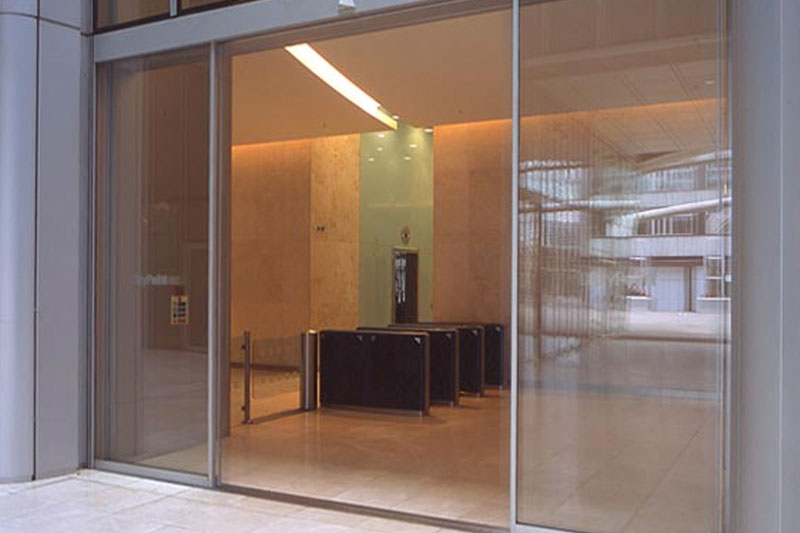What maintenance is required for automatic door sensors?
Automatic door sensors have become a common feature in many commercial and public buildings, providing convenience and accessibility to users. These sensors operate through a combination of mechanical and electronic components that enable the door to open and close automatically when triggered by movement or proximity.

However, like any other mechanical or electronic device, automatic door sensors require regular maintenance to ensure that they remain in good working condition. Here are some of the maintenance practices that can help keep automatic door sensors functioning optimally:
1.Regular cleaning: Automatic door sensors can accumulate dust, dirt, and other debris over time, which can affect their performance. Regular cleaning of the sensors and their surrounding areas can help prevent the accumulation of these particles and ensure that the sensors function correctly.
2.Check for damage: Automatic door sensors can become damaged due to wear and tear, accidental impact, or exposure to environmental factors such as moisture or extreme temperatures. Regular inspections can help detect any damage to the sensors, allowing for timely repairs or replacements.
3.Lubrication: The moving parts of automatic door sensors can become dry and stiff over time, affecting their performance. Lubricating the sensors' moving parts can help reduce friction and prolong their lifespan.
4.Calibration: Automatic door sensors rely on precise measurements of movement or proximity to trigger the door's opening and closing. If the sensors become misaligned or misconfigured, the door may not operate correctly, leading to safety hazards or inconvenience to users. Regular calibration of the sensors can help ensure that they are functioning correctly.
5.Battery replacement: Automatic door sensors that rely on batteries can experience a decline in performance as the battery life wears down. Regular replacement of the batteries can help ensure that the sensors continue to operate at optimal levels.
6.Regular testing: Building owners and managers should conduct regular tests on automatic door sensors to ensure that they are functioning correctly. This includes testing the sensors' response time, accuracy, and sensitivity.
7.Repairs and replacements: If automatic door sensors become damaged or worn out, it's crucial to conduct timely repairs or replacements. This helps prevent safety hazards and ensures that the sensors continue to function optimally.
8.Proper installation: Proper installation of automatic door sensors is critical to their long-term performance. It's essential to follow the manufacturer's instructions and guidelines for installation to avoid any problems or safety hazards.
9.Upgrades and technology advancements: Automatic door sensor technology is constantly evolving, with new features and capabilities being introduced regularly. Building owners and managers should consider upgrading their sensors to take advantage of new technologies, improve performance and enhance safety.
10.Regular maintenance schedule: Developing a regular maintenance schedule for automatic door sensors can help ensure that they continue to function optimally. This includes regular inspections, cleaning, lubrication, calibration, and battery replacements.
In conclusion, automatic door sensors are an essential feature in many buildings, providing convenience and accessibility to users. Regular maintenance practices such as cleaning, checking for damage, lubrication, calibration, and battery replacement can help ensure that these sensors continue to function correctly, providing a safe and efficient environment for building occupants. Regular maintenance also reduces the likelihood of unexpected breakdowns, leading to costly repairs or replacement of the sensors. Building owners and managers should consider implementing a maintenance schedule to ensure that their automatic door sensors remain in good working condition.







